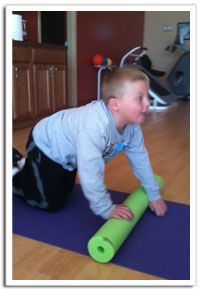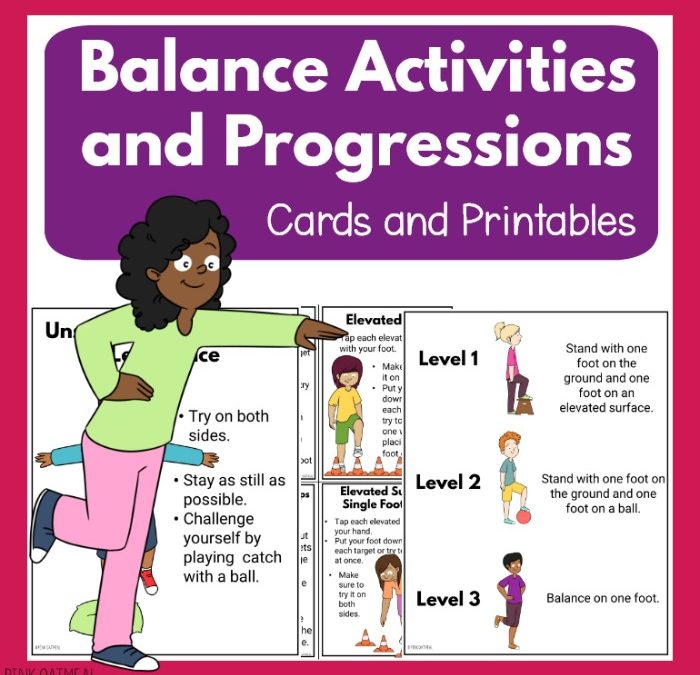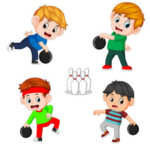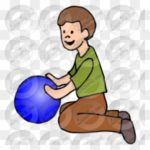
by Neetu | Jun 1, 2021 | Manthan
Learning Outcome
Today we are going to practice underhand throw through the hoop with left and right hand.
Activity Description
Activity 1: Through the hoop
Demonstrate an underhand throw with a bean bag.
Demonstrate how to underhand throw the bean bag through the hoop.
kids will practice throwing the bean bag through the hoop.
Encourage children to begin fairly close to the hoop.
For a greater challenge, ask children to move further away from the hoop.
Children should not collect their bean bags until all pins are down and the leader says it is safe to collect.
Activity 2: Fill the pool
Place a small inflatable pool/ in the Centre of the activity space.
Place a hoop in each corner of the activity space.
Fill each hoop with several bean bags and/or soft balls.
Explain that the game is to “fill the pool up”.
When I turn on the music, I want you to jog around the play area.
When I stop the music, I want you to “fill up” the pool with the bean bags and balls by using your underhand throw.
Children can only take one bean bag or ball at a time.
Children throw the ball or bean bag into the pool, and then they get another one until all bean bags and balls are in the pool.
Required Material
4 Boundary cone, hoops, bean bag, balls, toys

by Neetu | Jun 1, 2021 | Manthan
Learning Outcome
To practice throwing and catching by developing a variety of tricks with the scarves. For students to create their own “ghostbuster trick” and teach it to another student.
Activity Description
“Ghost, Ghost fly up high… BOOOOO catch” (Throw scarf into the air and catch).
“Ghost, Ghost fly to my other hand catch” (Throw with one hand, catch with the other).
“Ghost, Ghost fly, twirl catch” (Throw scarf into air, turn around and catch).
“Ghost, Ghost, fly, touch my head catch.”
After providing the above examples ask children to create their own “ghost trick.” Ghostly music playing in the background adds to the activity. As students develop their own tricks, ask them to share the variety of “ghost tricks.”
Variations:- If children are having trouble throwing the scarf into the air, ask that they hold one corner of the scarf and hold the scarf down low by their knees, raise their hand quickly overhead and release the scarf.
Required Material
4 Boundary cone, scarf

by Neetu | Jun 1, 2021 | Manthan
Learning Outcome
Learners should be able to keep moving in some manner and then hold a position for 5 to 10 seconds.
Activity Description
Begin by asking students if they know what the word freeze means. Have students start jogging in place and explain when you say freeze that they have to stop and not move one bit, they are frozen. Explain that this will be part of the game for the day.
Explain to children once the music starts they should start moving or dancing around.
They should continue to dance and move until the music is stopped.
If the music stops they must freeze in whatever position they happen to be in at the time and hold it until the music is started again.
If they move they are out and must sit until the next round.
Closing
If desired have winners control the music for the next round. Ask students how long they think one position can be held. Allow them to try different positions such as standing on one leg.
Required Material
4 Boundary cone

by Neetu | Jun 1, 2021 | Manthan
Learning Outcome
Use of soft body touches on the noodle in order to keep it in personal space.
Activity Description
Activity 1: Noodle Rolls
Show and tell how to roll the noodle on the ground. Have them do it forward and backward; have them do it side to side (trickier!) and have them perform with their eyes closed. Have them roll it on their arms. Have them roll it on their legs while sitting down by lifting their bottom and then their feet.
Activity 2: Noodle Side Rolls
While in the bridge position, have the kids roll the noodle from left to right and then right to left using push from respective hands.
Have them do the same activity with one of the legs up turn by turn.
Activity 3: Head to Toe roll
While sitting down, make students do a reverse plank and practice it till they feel comfortable in that position.
Now, have them put it under their chin and try to roll it down their whole body (left body with hands in reverse plan position) and letting it go from their chin
Required Material
4 Boundary cone,1 noodle per student, 1 spot marker per student

by Neetu | May 31, 2021 | Manthan
Learning Outcome
Players try balancing different objects to see which shapes are easiest to balance. The balancing act is an introduction to balancing objects, which encourages spatial awareness. It combines well with plate-spinning activities.
Activity Description
Players balance various objects to see which shapes are easiest to balance.
Players use different body parts to balance the objects, such as the palm or back of their hand, or their knee, foot, elbow, or chin.
Players try walking or lying down and
getting back up again while trying to balance their object.
Players ‘jump’ the balancing object from one body part to another (e.g. one hand to another).
Players work in pairs to pass balanced objects to each other using the ’jump’ method.
Allow students to explore balance position and equipment used.
Required Material
4 Boundary cone, Various balancing objects, such as balancing poles (made from rolled-up newspaper
and sticky tape), feathers (easier), shoes, plastic chairs, baseball caps, and broom handles (harder)












